There’s something truly special — and a little bit playful — about puka shells (プカシェル).
They carry a natural kind of beauty, full of aloha, shaped slowly by the sea itself.
Puka shells are among the most recognizable Hawaiian shells, yet many people don’t know what a real puka shell truly is. These are not man-made beads or drilled shells. A true puka is formed naturally by the ocean — no drills, no machines — just the patient rhythm of waves, coral, and sand.
Where Puka Shells Come From
True puka shells (プカシェル) come from the tops of cone shells, a type of sea snail found in the warm, shallow waters around Hawaiʻi. The ocean slowly wears away each shell’s tip until a natural hole appears in the center — that opening is the “puka,” meaning “hole” in Hawaiian.
Each Hawaiian puka shell (プカシェル) forms differently, shaped only by time and tide. Some are thick and round, others more flat or curved, and their colors range from creamy white to golden honey, soft gray, and warm tan. A few still show gentle ridges from their spiral, and some even carry a faint inner glow ✨ — a little reflection of the sea that shaped them.
Because they’re formed naturally from Hawaiian cone shells, no two are ever alike. Larger pukas feel bold and strong, while smaller round ones are prized for their delicate beauty and the way they shine in handmade Hawaiian jewelry.
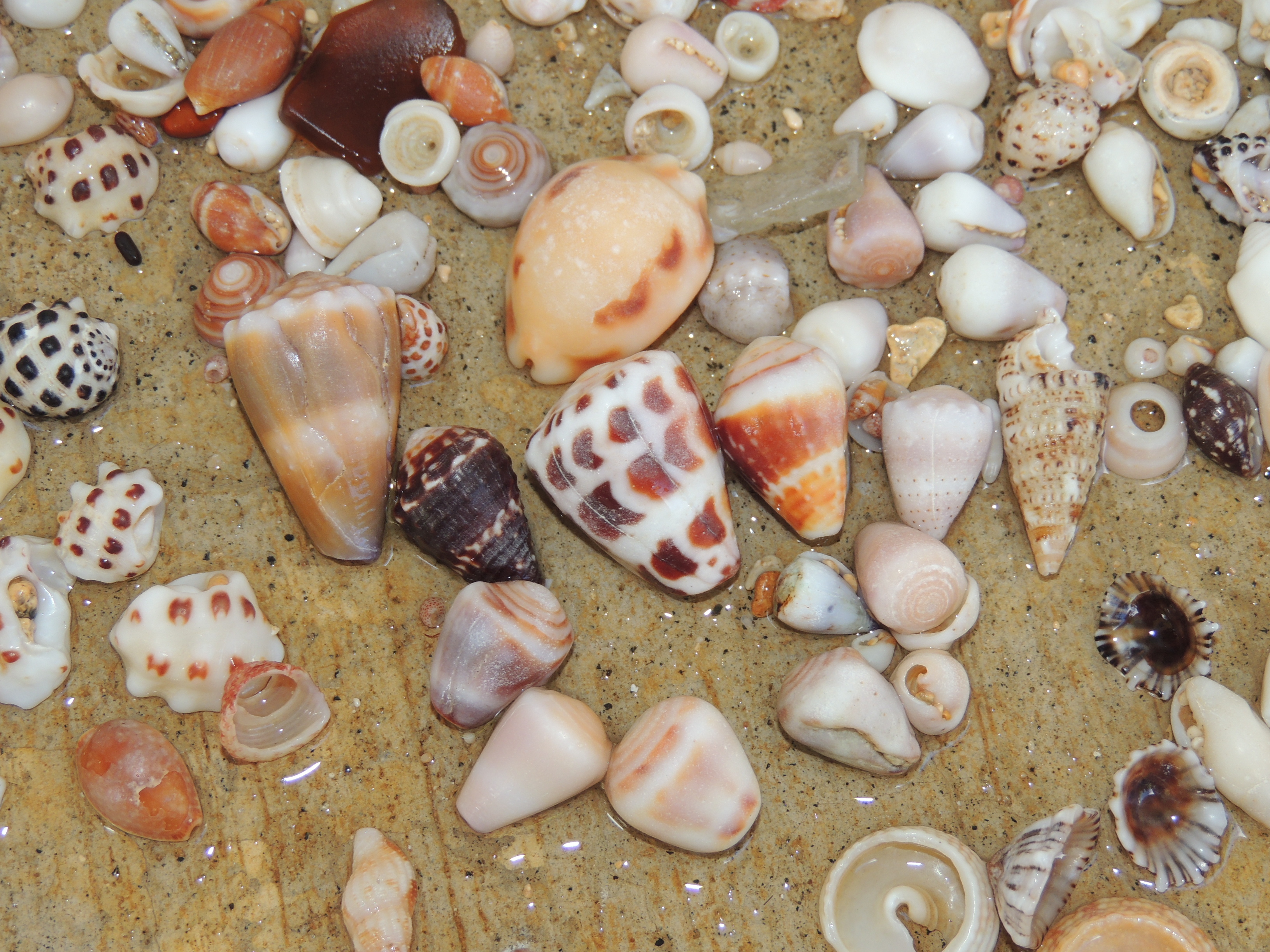
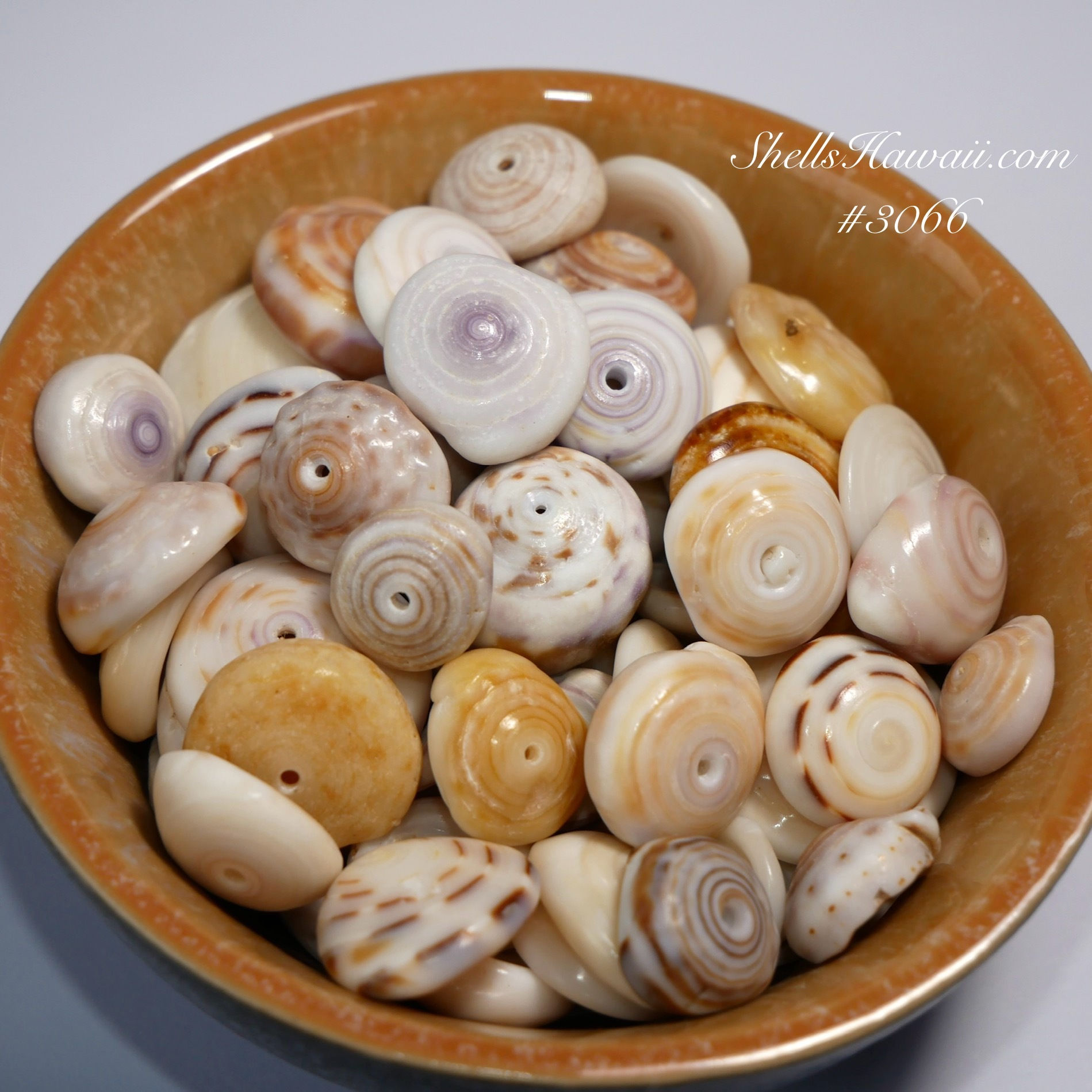
How to Tell Real Hawaiian Puka Shells from Man-Made Ones
While real Hawaiian puka shells are naturally shaped by waves and sand, many of the “puka” beads seen today are man-made. These are often cut, drilled, or molded to look like the real thing — but lack the organic charm and individuality that only nature can create.
A true puka shell is never perfectly uniform. One side is gently convex (curved outward like a dome), and the other side is slightly concave (curved inward). This soft, natural shape — along with subtle imperfections — is one of the easiest ways to tell real shells from machine-made beads, which are usually flat, identical, and overly smooth.
Here are a few simple ways to recognize authentic Hawaiian puka shells:
-
Hole Shape: Real puka shells have irregular, off-center openings shaped by the ocean. Man-made versions have perfectly round, drilled holes.
-
Texture: Real shells feel smooth but softly textured with natural edges. Machine-made ones are glossy and overly polished.
-
Luster: Genuine shells have a gentle, natural sheen — not the high-gloss, mirror-like finish of tumbled imitations.
-
Color: Authentic shells show warm, natural shades of cream, tan, golden, or gray — rarely pure white. Bright white or evenly colored beads are often bleached or molded.
-
Weight & Feel: Real shells feel slightly heavier and cool to the touch. Artificial ones are lightweight and lack natural density.
-
Shape: Real puka shells are curved — not flat — and each has its own personality.
-
Price: Real Hawaiian puka shells are much more expensive because of their rarity and the time it takes to collect them. Mass-produced versions are often sold for just a few dollars, but genuine puka shells, hand-picked from Hawaiian beaches, reflect their true value in both craftsmanship and meaning.
Because true Hawaiian puka shells are formed entirely by nature, they are increasingly rare and treasured. Collecting and matching them for jewelry takes time, patience, and care — which is why authentic puka shell jewelry is considered a collector’s piece filled with aloha and connection to the sea.
The Colors and Sizes of Puka Shells
Puka shells (プカシェル) come in so many colors and sizes, it’s like opening a treasure chest every time you find them.
-
Classic pearl white — polished and timeless.
-
Golden honey and warm caramel tones — glowing and cheerful.
-
Smoky gray and soft ocean blues — calming, rare shades.
-
Purples, tans, and swirls — little natural artworks.
Their sizes can range from tiny delicate shells just a few millimeters across to large, heavy ones often worn in bold men’s necklaces. Smaller round pukas are especially fun to work with, but also the hardest to find — especially in matching sizes.
That mix of colors, shapes, and sizes is what makes puka shells so full of life ✨. Every necklace or bracelet made with them has a touch of fun a little surprise and plenty of aloha.

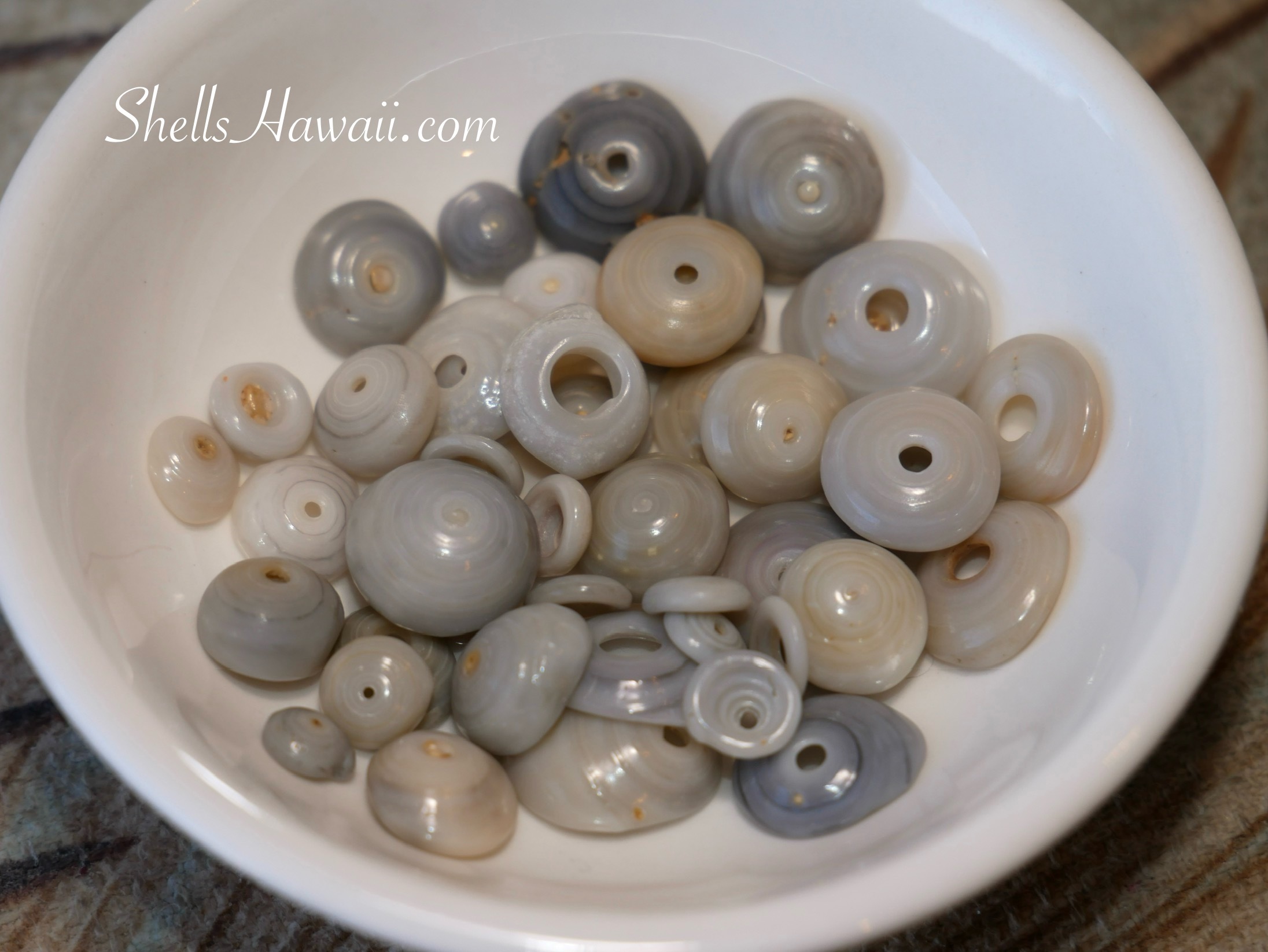
The Beauty of Puka Shells
On very fine sand beaches, puka shells can shine with a beautiful high luster ✨. Some of the shells I’m sharing here are from my own personal collection, gathered over the years. They come in so many cheerful colors and smooth shapes — each one showing off the ocean’s handiwork.
Some already have a clean hole without any sand inside, while others — like the pearl-white puka shells from Niʻihau — are often packed so tightly with sand that it’s a real challenge to get it out (sometimes I just laugh because it feels impossible). Their soft white glow makes them some of the most treasured pukas, but they also take extra patience and care before they’re ready to be strung into jewelry.


One of my favorite ways to use tiny puka shells from Niʻihau is in my plumeria design ✨ — one of my best sellers and personal favorites. I can never make them fast enough! For this design, I look for small shells with an almost perfect round shape, all matched in size, to create that uniform flower look. They’re so hard to find, but when I do, the result is worth every hour of searching.

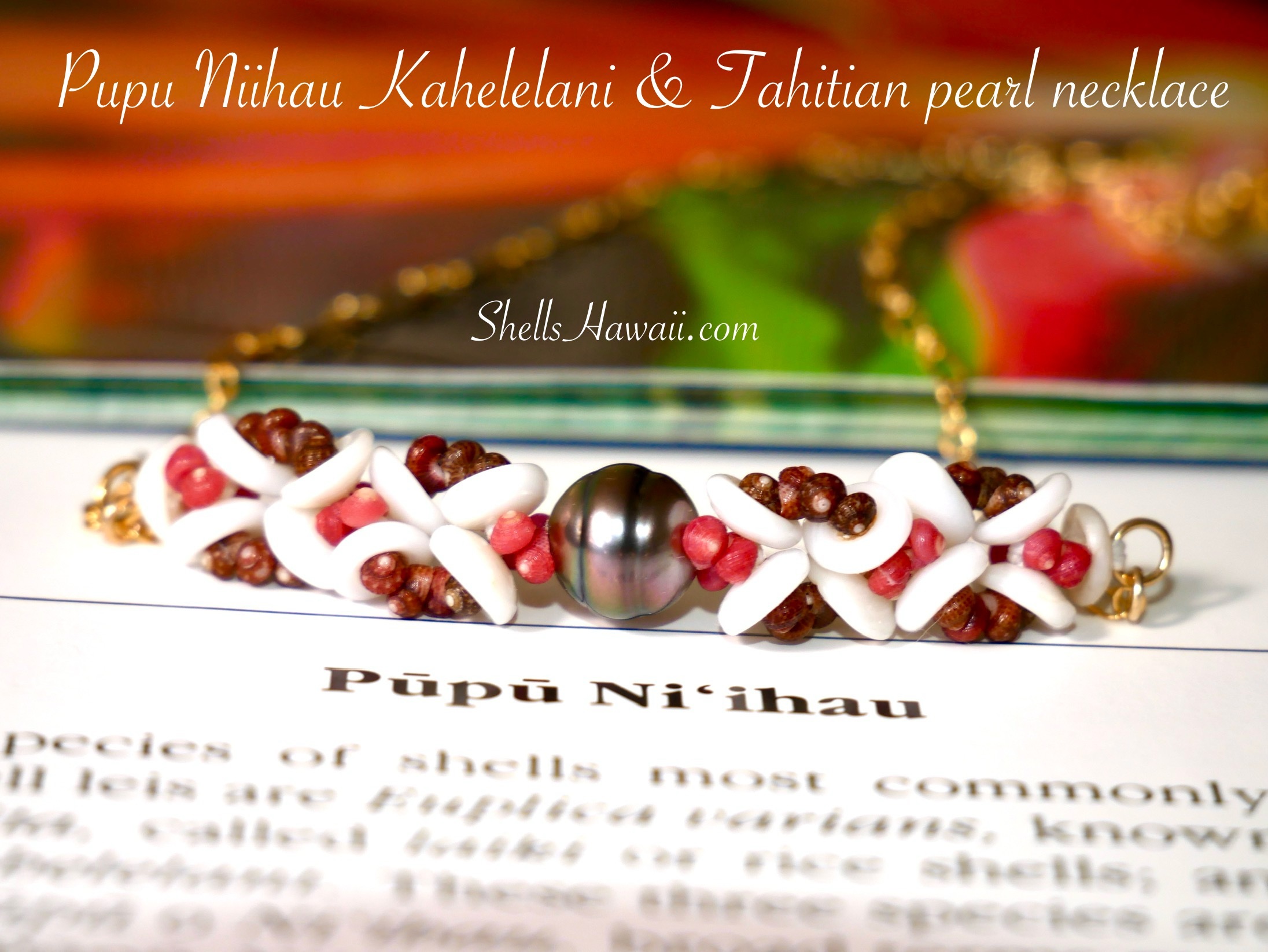
Hunting for Puka Shells on Kauaʻi’s North Shore
When I lived on Kauaʻi, my husband and I loved taking long drives up to the North Shore, where some of our favorite hidden beaches waited.
I’d pull on my hat and a light long-sleeve shirt — something that breathes easily but protects my skin. The Hawaiian sun has some of the strongest UV rays in the world, and if I’m planning a long walk or a hike to reach the beach, I always make sure I’m ready for it. My shirt keeps me cool in the breeze but covered under the sun, which is a must when spending hours along the shoreline searching for shells.
Once we reached the beach, it was time to begin — eyes down, heart open, I’d slowly scan the sand for that tiny sparkle — the glint of a real Hawaiian puka shell. Not just any piece, but one shaped gently by the sea. When I found one, I’d crouch down with a smile, brushing the sand away before picking it up, hoping it wasn’t cracked.
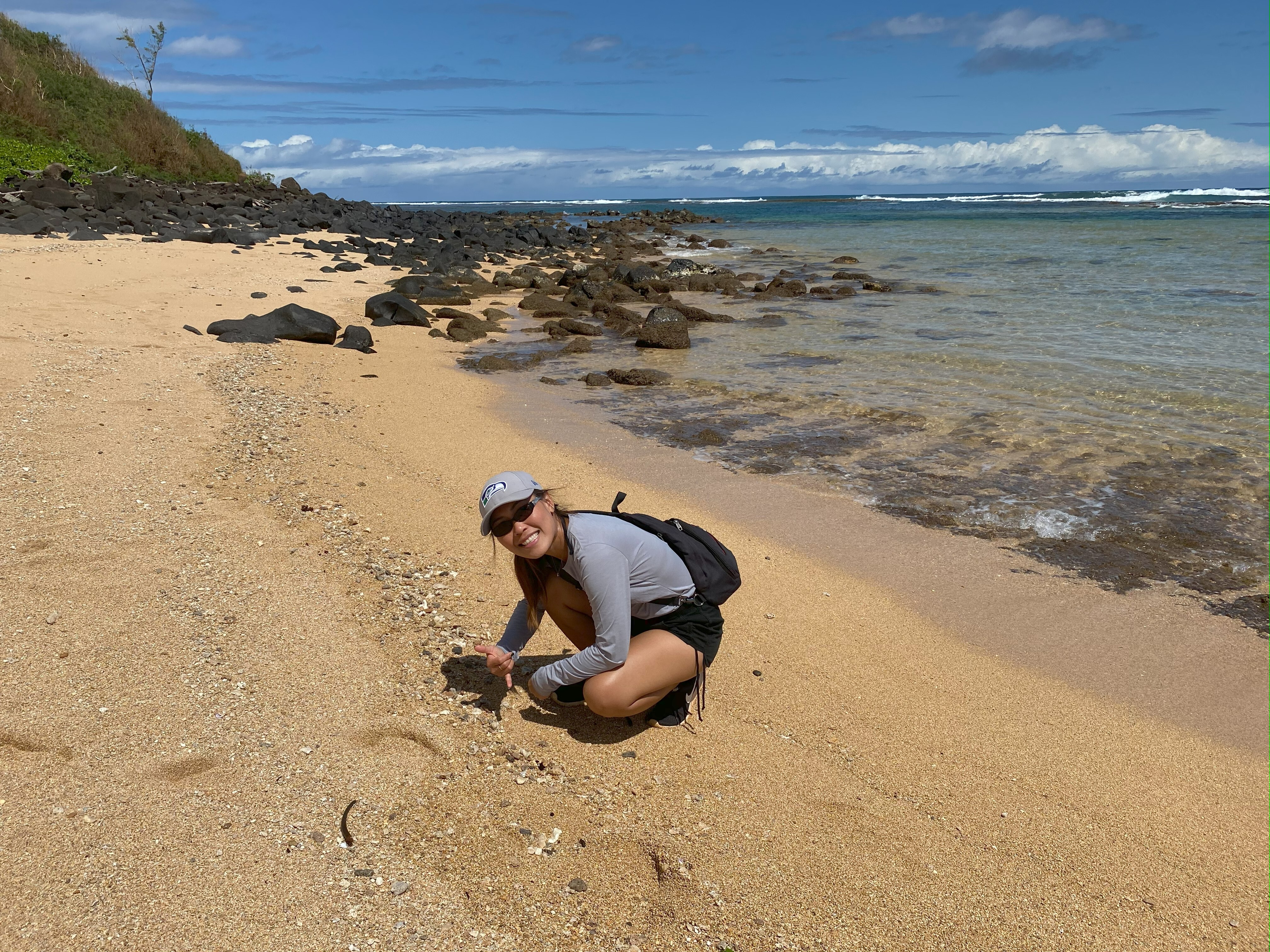

Wildlife on Hawaiian Beaches — North Shore, Kauaʻi
The North Shore of Kauaʻi is more than just soft sand and clear water — it’s a living, breathing part of the islands. Along the beach, I often saw Hawaiian monk seals resting in the sun, or a honu (sea turtle) stretched out on the sand, basking in the warmth of the day. Sometimes a fisherman would appear in the distance, casting his net in the shallows. Every visit felt different, but always peaceful — a quiet reminder that life by the sea moves at its own rhythm.
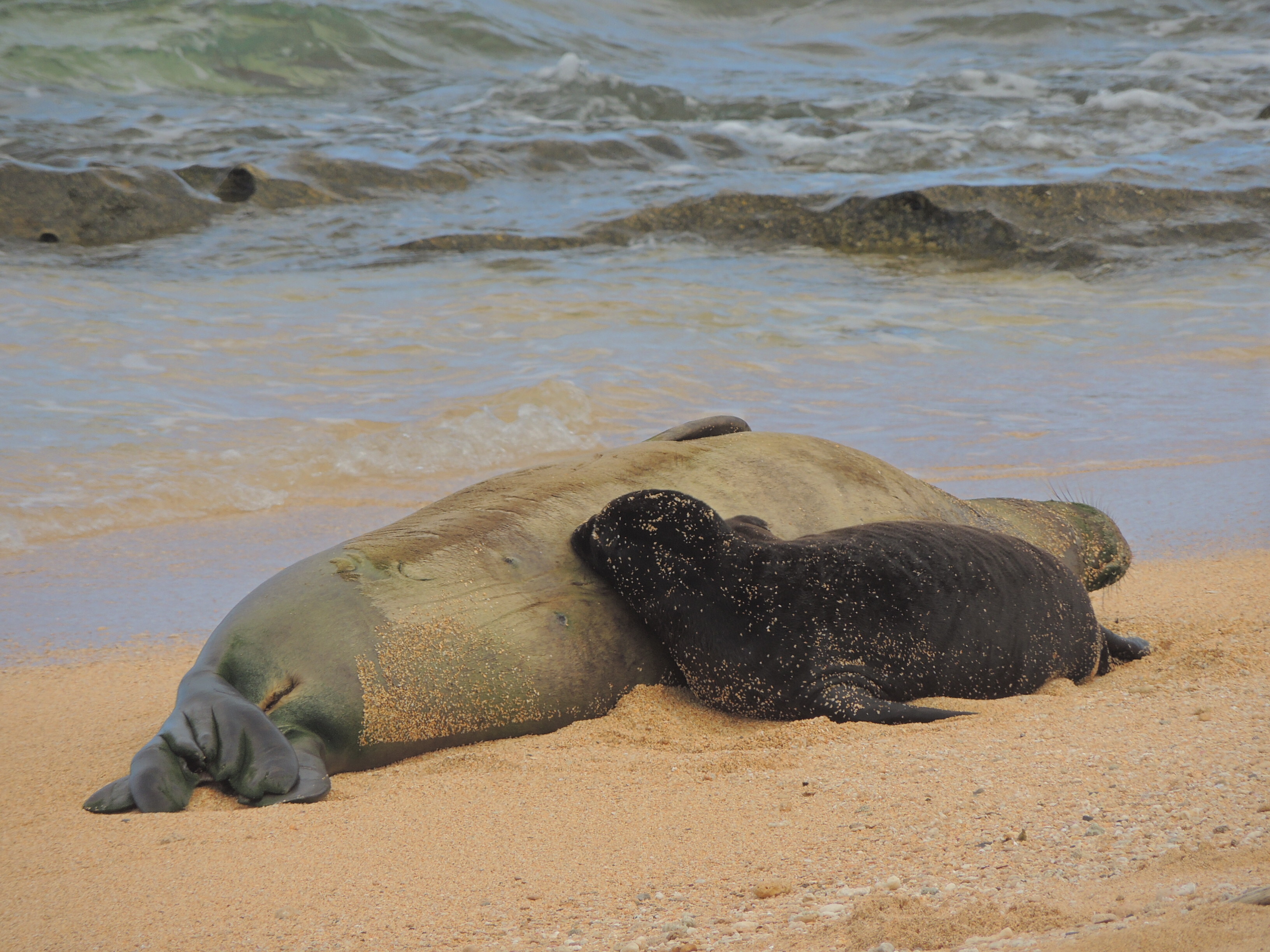
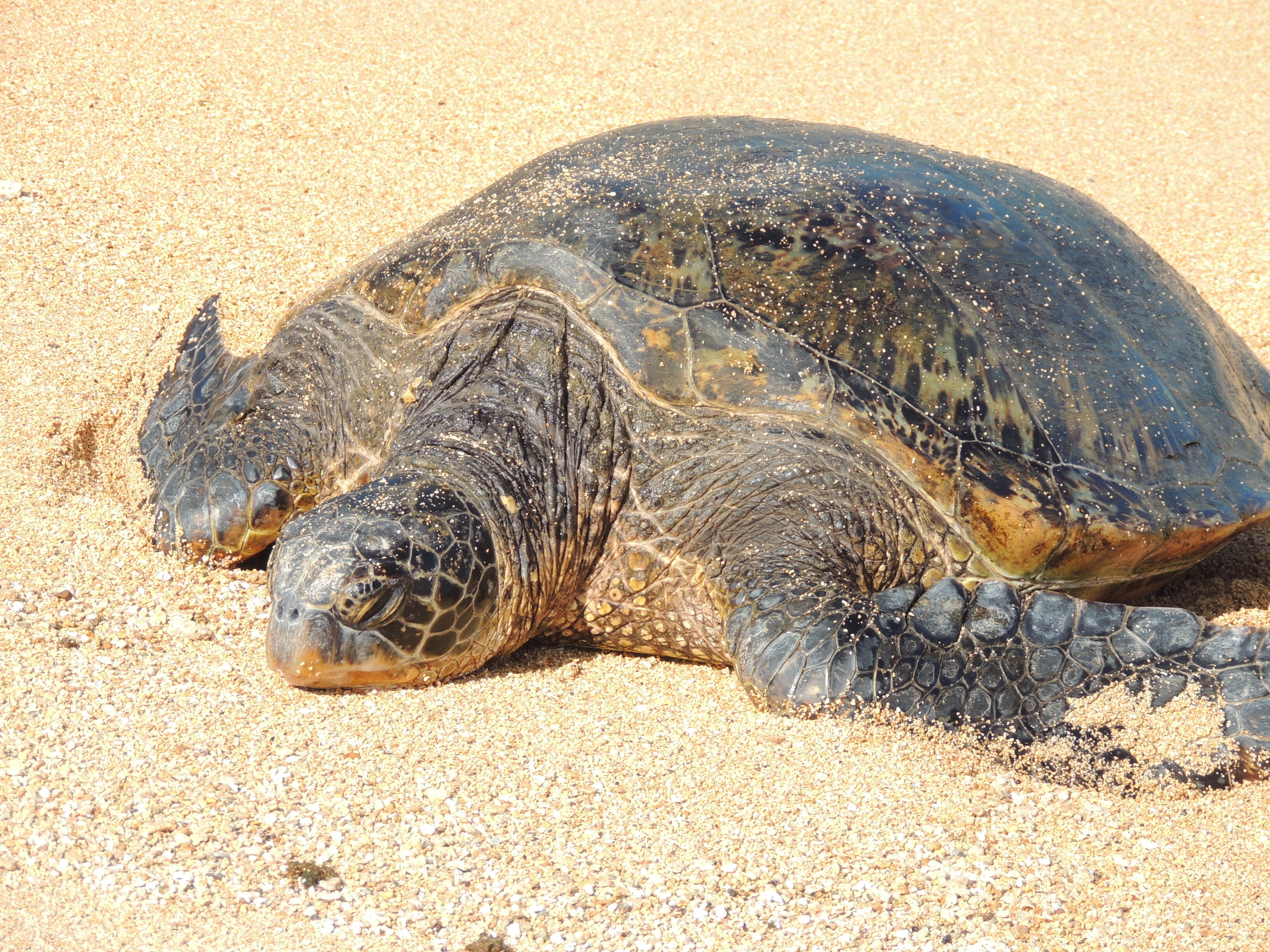
How Puka Shells Are Used in Hawaiian Jewelry Design
In my jewelry, I only use real Hawaiian puka shells (プカシェル). They add a fine, natural finish to my creations and bring a touch of authenticity that no imitation could ever match. Because puka shells come in many sizes and shades, each one offers its own charm — every shell has a slightly different curve, color, and texture, shaped entirely by the sea.
I often use them as closures for Niʻihau-style leis and bracelets, where the shell becomes part of the design itself.

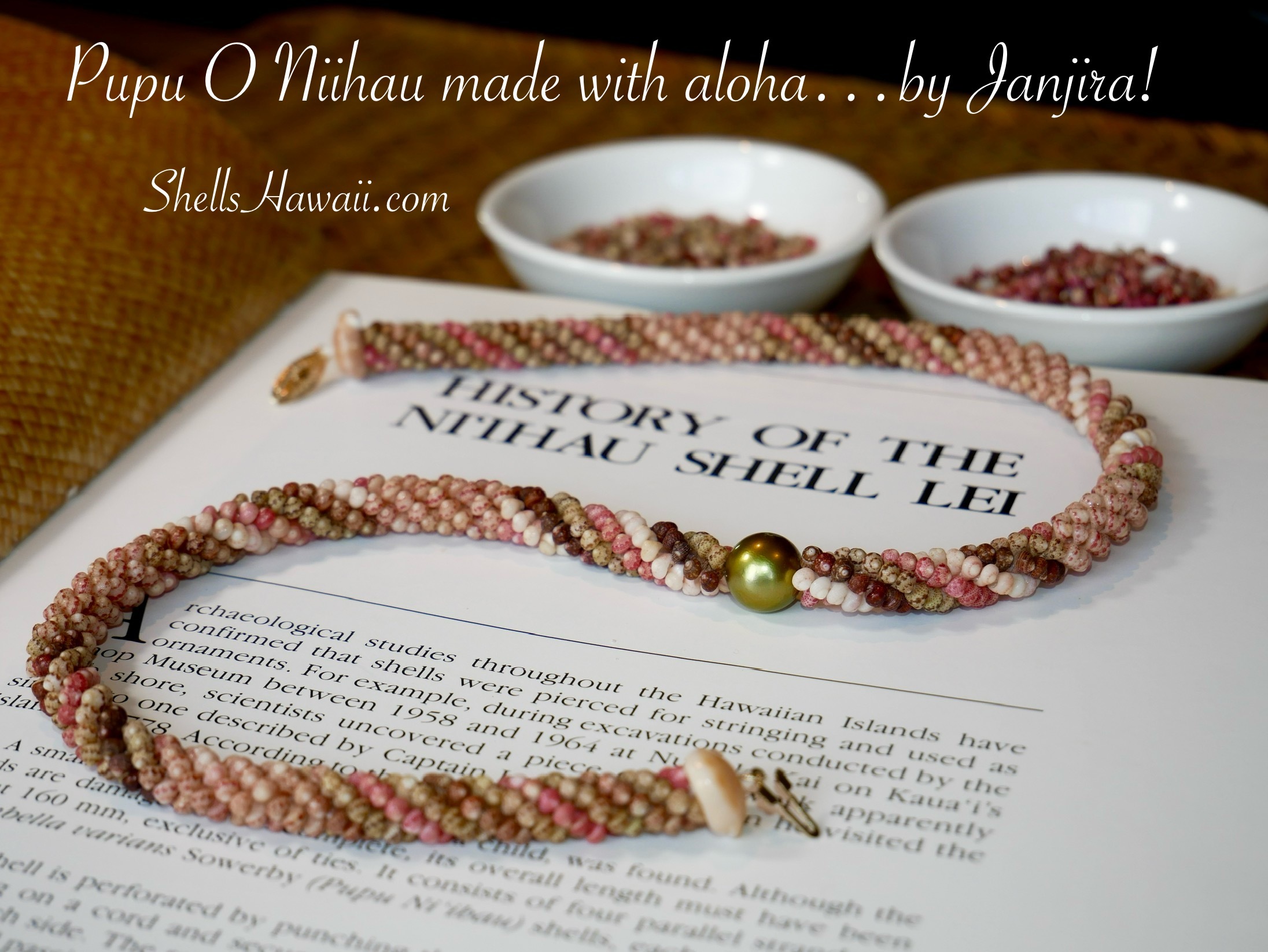
A puka shell clasp gives each piece a soft, traditional finish — simple, organic, and beautifully connected to the ocean it came from. I also love using them as bracelet clasps, where the shell itself becomes part of the design, blending strength and simplicity. Here’s one of my favorites:
Kahelelani Shell Bracelet – Herringbone Style with Cone Shell Centerpiece
For earrings, puka shells bring a delicate touch that balances light and texture, adding the perfect detail to Hawaiian ocean jewelry — as seen here:
4-Strand Kahelelani Poepoe Style Earrings
Larger pukas bring boldness and strength, which is why they’re often used in traditional men’s necklaces. Smaller, perfectly matched pukas are treasures for earrings — some of the rarest finds of all.
✨ If you’d like to see the collection of real Hawaiian puka shells I have available, you can click here ›
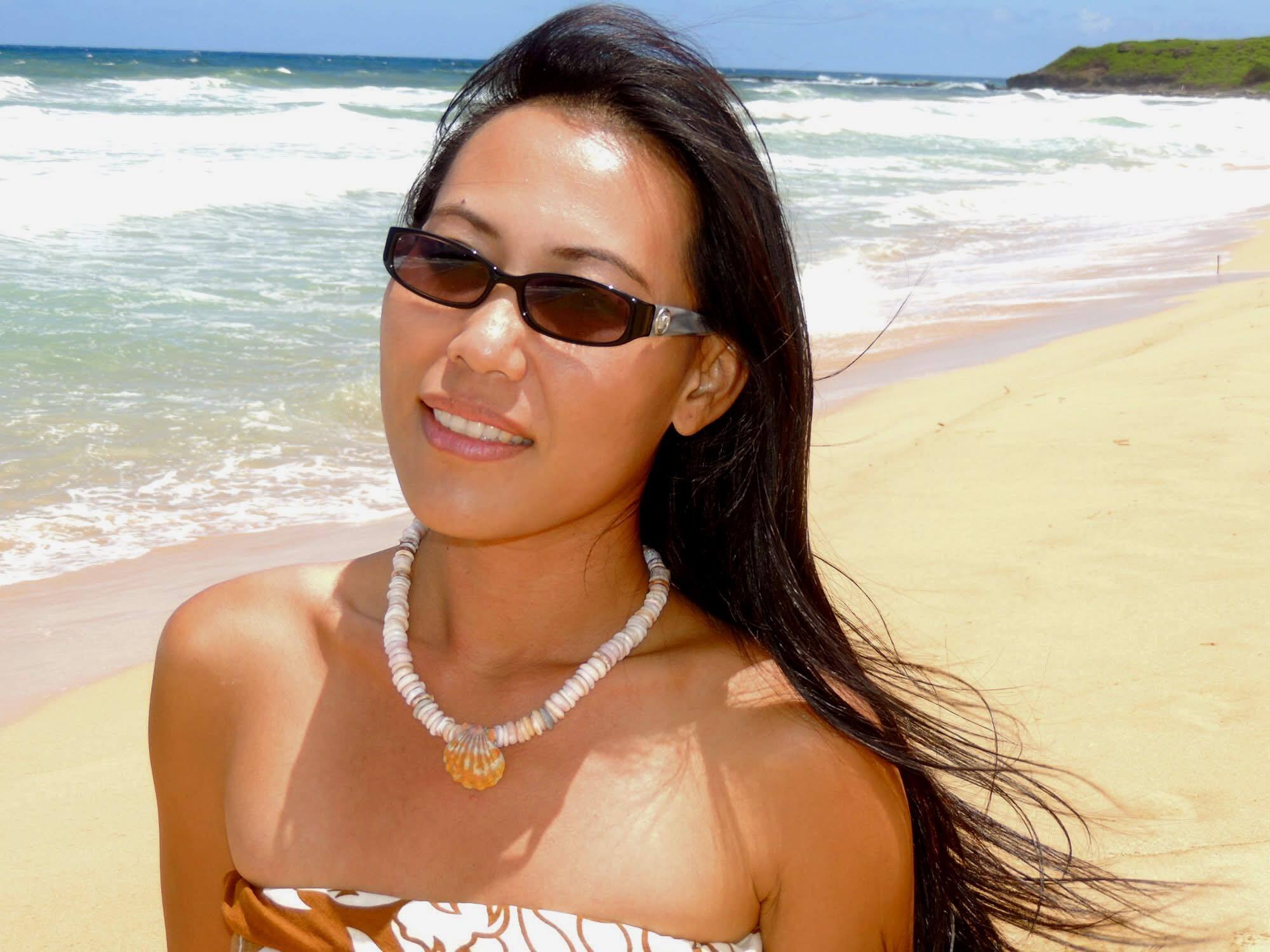
Working with puka shells (プカシェル) always feels like continuing the ocean’s story. Each piece of Hawaiian puka shell jewelry (ハワイアンジュエリー) I create is more than just an accessory — it’s jewelry with meaning, a gift with aloha, and a small piece of ocean-inspired art that reflects island life and love.
Puka shells always remind me of the Hawaiian islands — the quiet beaches where I once searched for these Hawaiian treasures, shimmering in the sand beneath the morning sun. When you wear Niʻihau shell jewelry, it becomes your own — a treasure from the sea, playful, colorful, and filled with aloha ❤️.
 JPY
JPY

